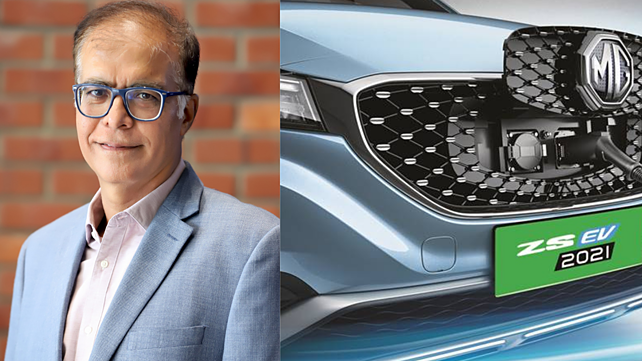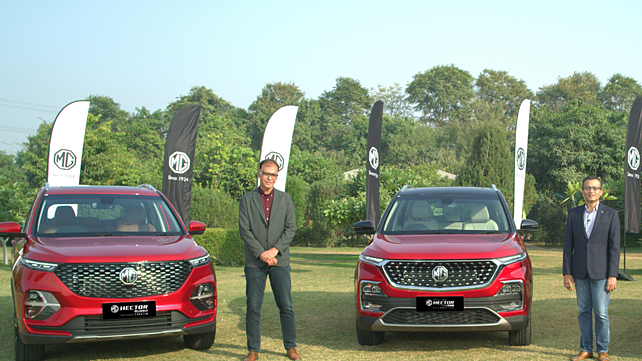
With the recent outbreak of the new variant Omicron, global semiconductor shortage, freight cost, and various other cost implications will make the situation remain fluidic in 2022, Rajeev Chabha, Managing director, MG Motors, has said.
In a press note, Chaba said the new normal has set unique challenges for the industry. The biggest challenge is to sustain business operations and ensure the organisation’s financial health and its stakeholders.
“With the industry having exhibited resilience over the last two years, we are looking towards 2022 with cautious optimism,” he said.
Currently, the domestic market is witnessing increased demand but is also impacted by the global semiconductor shortage.
Trends, Expectations
In retrospect - the beginning of FY22 gradually started to show the positive effect of the phased unlocking of the economy post lockdown. This brought a significant increase in enquiries and bookings.
The recently launched Astor, along with Hector, ZS EV and Gloster, continue to attract strong customer interest and remain the vehicle of choice for the customers in their respective segments.
“We are seeing signs of positive consumer sentiment due to pent-up demand and expect the demand to increase with the turn of the year. We have witnessed a year-to-date growth of 56% with retail of 37,723 units (Jan-Nov’ 21) over 24,152 units sold in the same period last year,” Chaba said.
However, the production levels are currently impacted and will remain so in the next quarter due to the global shortage of semiconductor chips, he added.

Affordable EVs
“In our endeavour to broaden access to wider customer segments, we will bring to the country the second EV, encouraged by the government’s clarity on its EV roadmap. We are aligned to play our part in seeing that the direction meets reality sooner rather than later,” Chaba highlighted.
“The new EV, which will be a futuristic car, will be brought to the Indian market in the next financial year. Based on the global platform, the new EV will be developed and expected to be priced between INR 10 lakh to 15 lakh addressing the mass segment,” he added.
The car will be customised to meet Indian regulations. Further, to meet the government’s guidelines for the production linked (PLI) scheme, the company will undertake the maximum possible localisation, including battery assembly and other parts.
With all these initiatives in place, the carmaker expects EVs to contribute over 20% to its overall sales in the next two years.

Semiconductor Shortage
New-age cars, equipped with advanced telematics, run on chips and semiconductors, for which there are few suppliers, and only some of the countries control a major share of global production and supplies.
The COVID restrictions phase impacted semiconductor production, which disturbed the supply chain dynamics across industries with a high degree of automation and technology integration. Subsequent lockdowns across the globe resulted in the shutting down of major chip-making facilities in countries like Japan, South Korea, Europe and the US, which ultimately led to a chip shortage and the beginning of domino effects.
The usage of semiconductors in the auto industry has gone up globally, with new models coming with more and more electronic features such as driver-assist systems, navigation and hybrid-electric systems.
“With the usage of technology and the advent of IoT and 5G in India, the demand for semiconductor chips is increasing. With our Digital First approach - our products leverage technology to provide high-speed in-car connectivity and IoT solutions, which enable MG customers to access real-time connectivity, infotainment, and telematics. Hence, we have been impacted by this chip shortage. However, we are working towards fulfilling our delivery commitments to customers and expect supplies to optimise by the first quarter in the coming year,” he added.